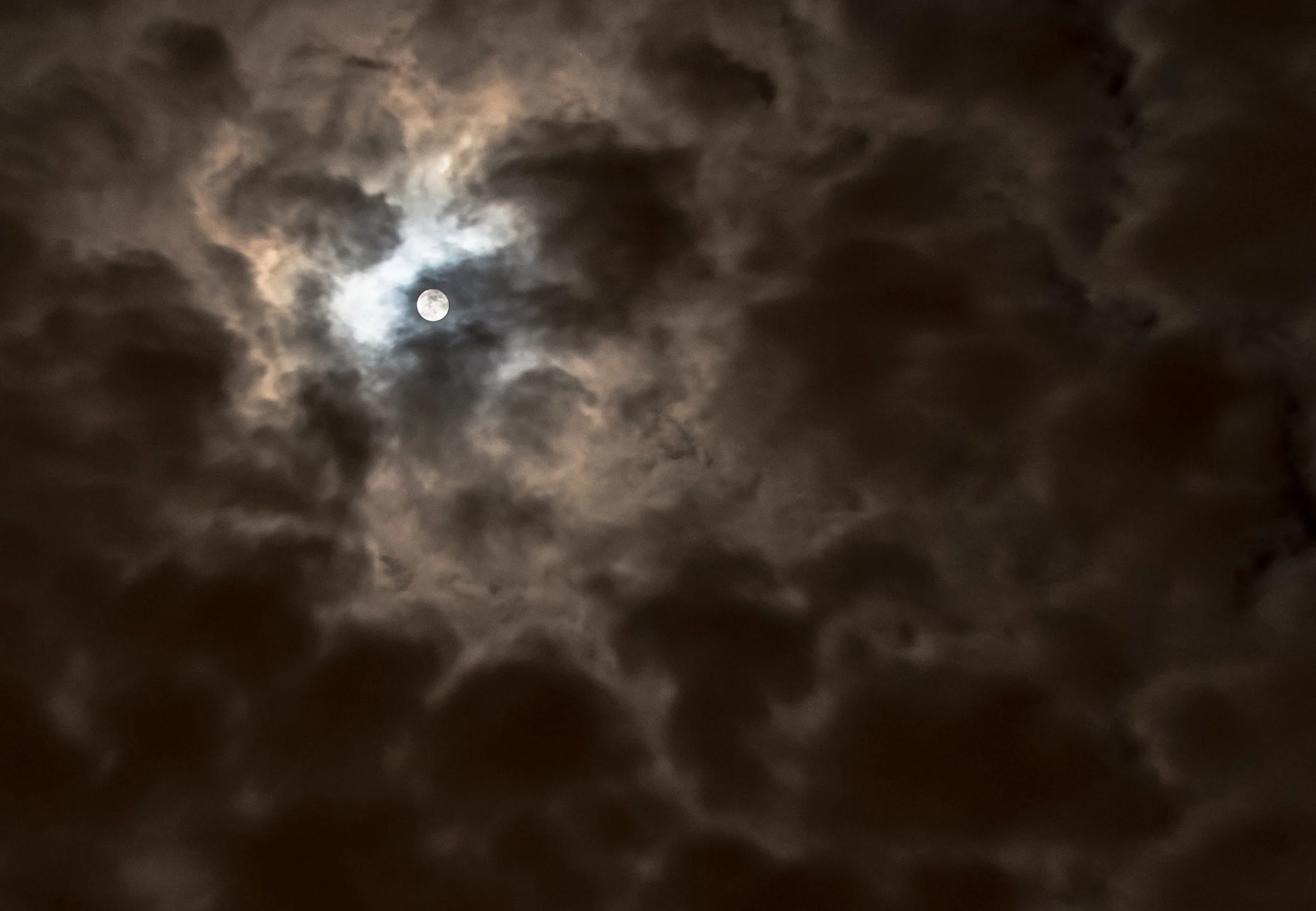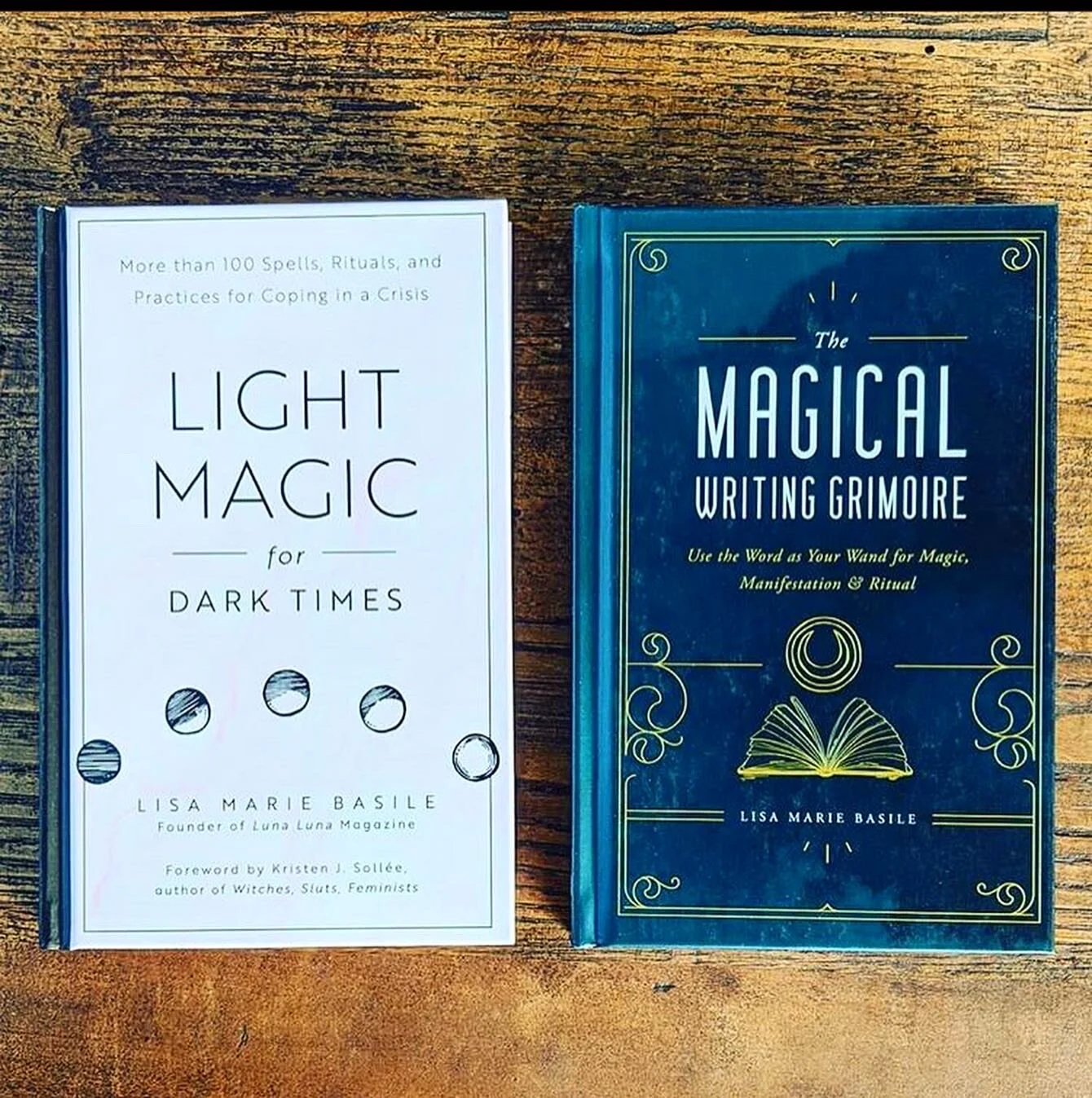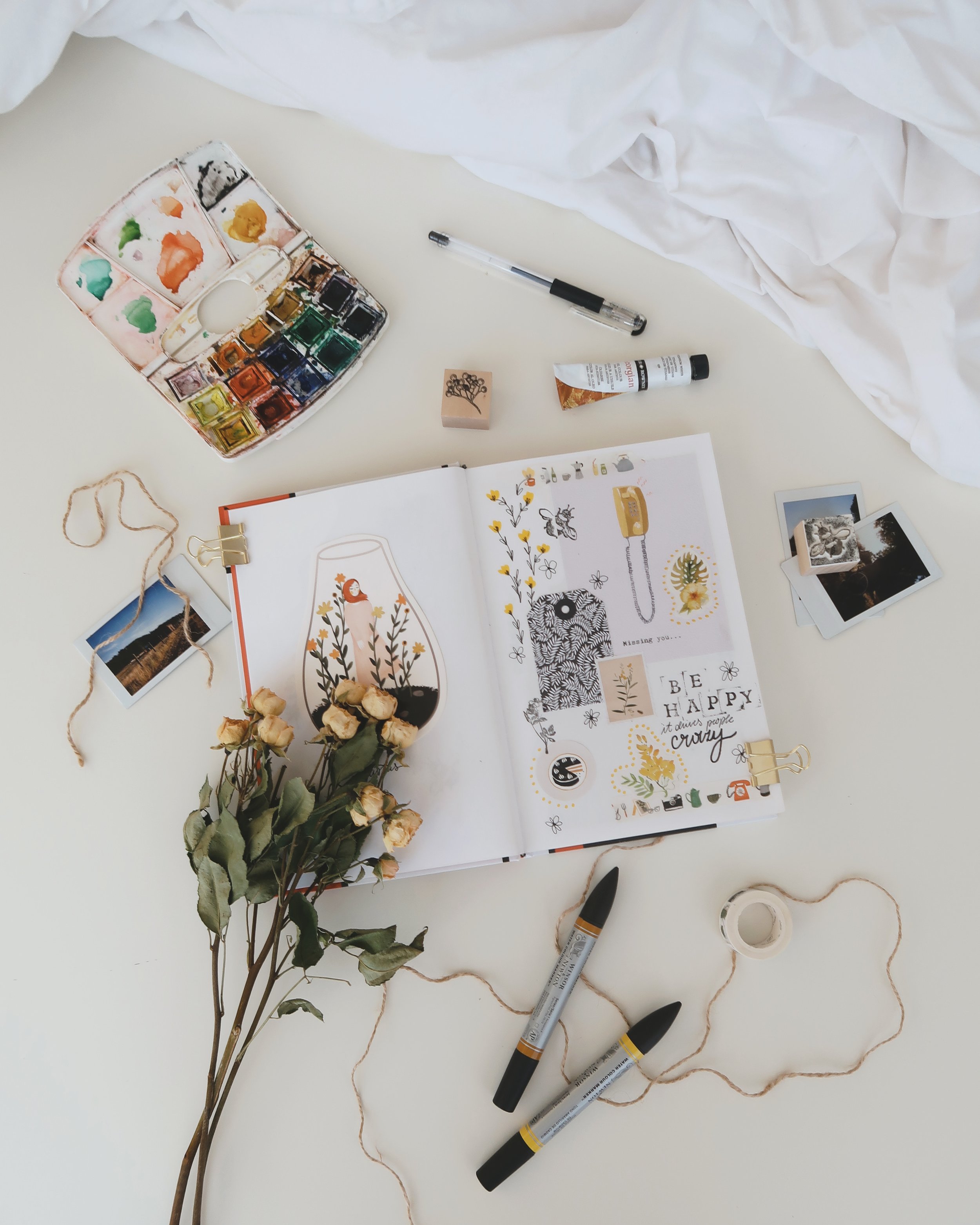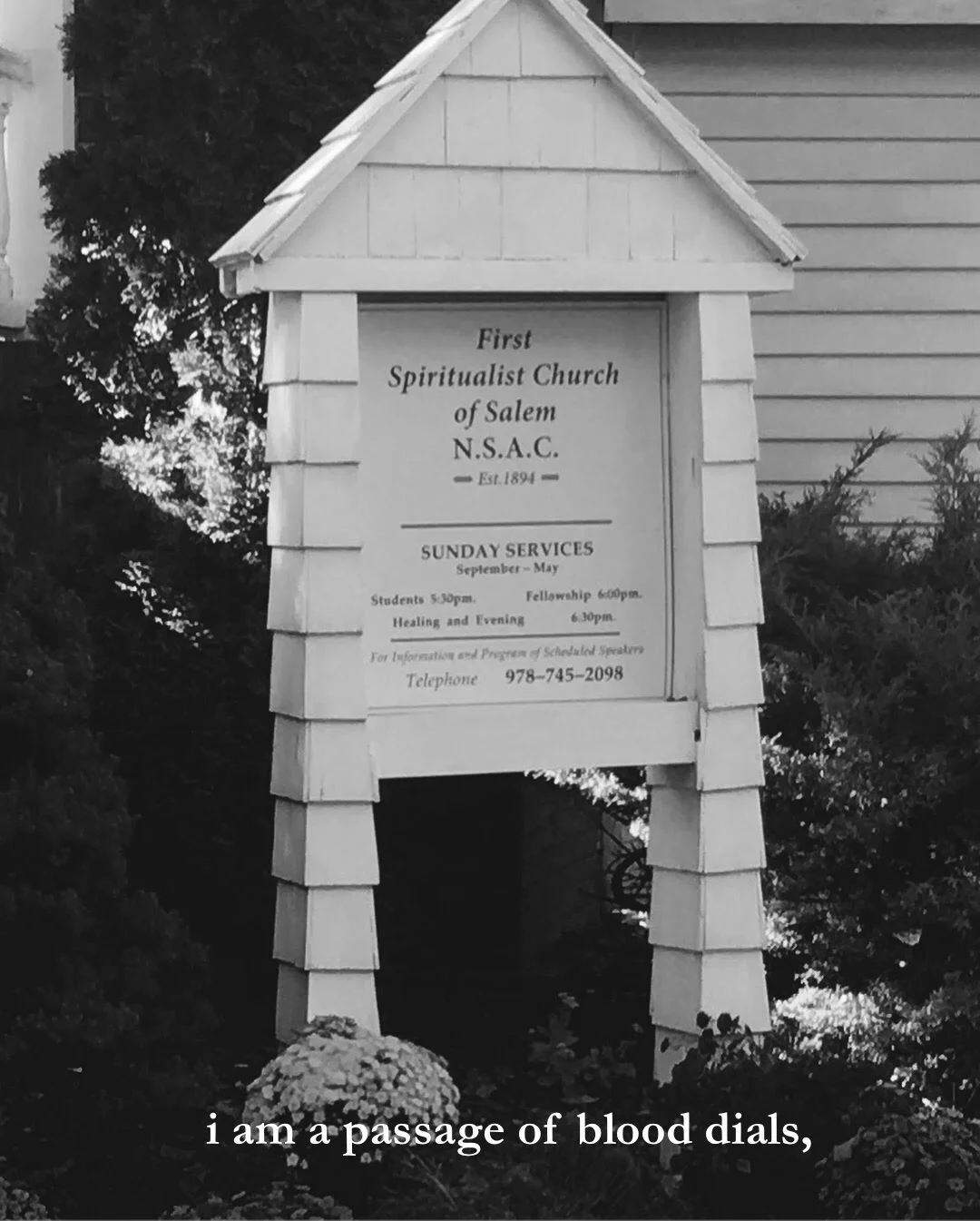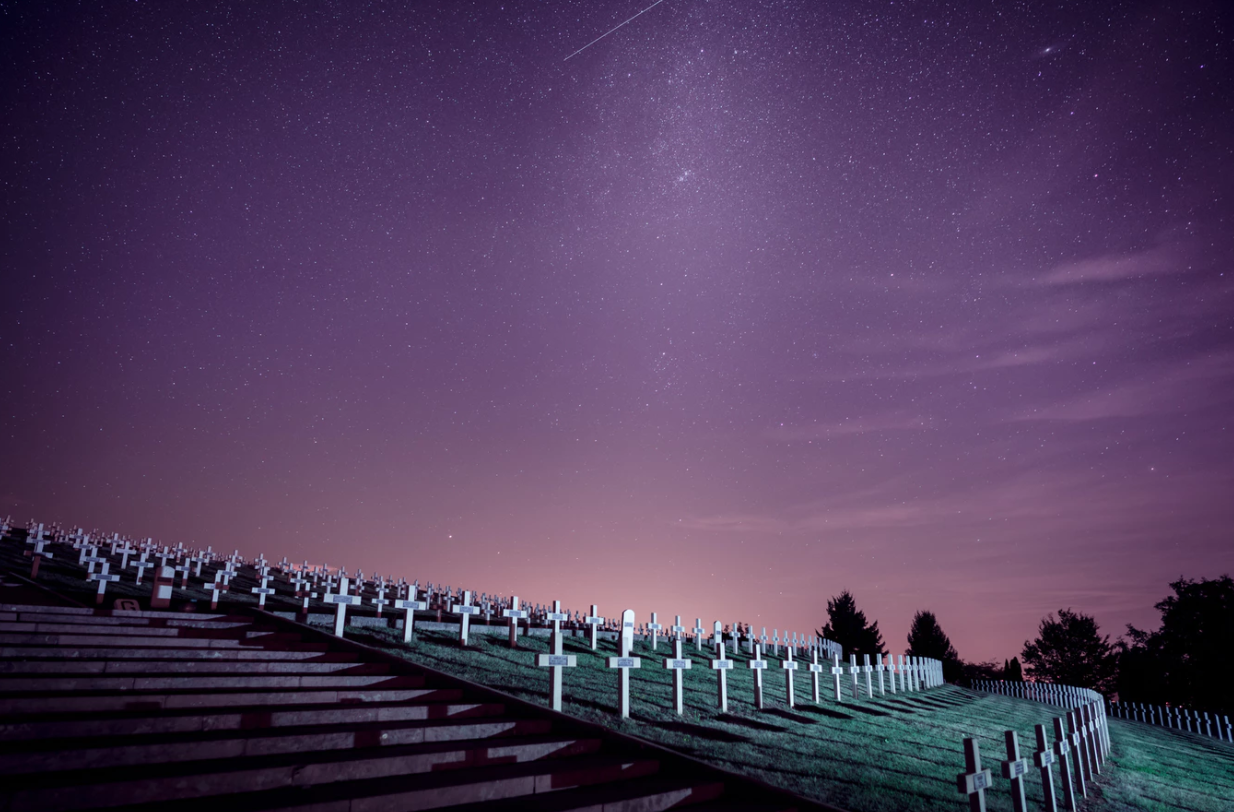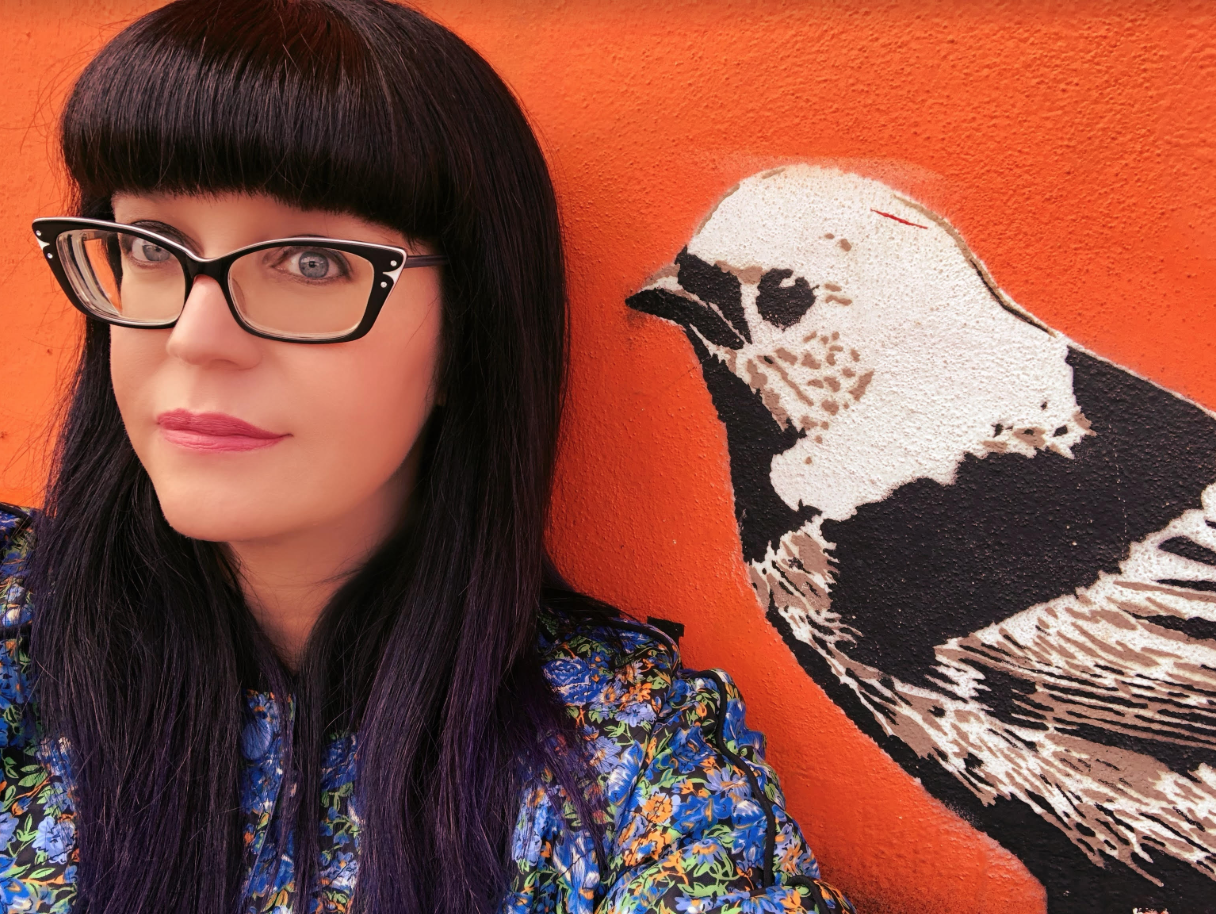Over the past several years as Doughty, has continued to travel the world to give talks and educate folks on the wonders of death, she found that her favorite part of these talks came in the Q&A portion. It was not just the opportunity to get to hear what she calls “people’s deep fascination with decaying bodies, head wounds, bones, embalming, funeral pyres—the works”—that the most direct and provocative questions about death came from young children.
Read MoreSarah Chavez on Death Positivity, Grief, & Intersectional Feminism
INTERVIEW WITH SARAH CHAVEZ BY LISA MARIE BASILE
Last year, I found myself in the midst of intense grief; I’d lost three people in a row —a friend, my mother’s partner, and my beloved aunt. Between the three losses, I had experienced the kinds of grief that come with both anticipation and violent surprise.
The grief was tidal, complicated, numbing, horrific, and, as it seemed then, endless. I couldn’t find my way out, and for some time, I questioned everything about life itself. Why do we die? Is there importance to it? How do we make it sacred? How can we talk about it publicly? How do we better care for the dying and for those in grief? How do make space for the discussion of it? How, as a nation, do we handle death—and how do our limitations and rituals intersect with race, gender, and class? I realized, too, that grief hadn’t ended there. I would experience it again, and again, and again. I couldn’t (and sometimes don’t) reconcile this, but I knew I couldn’t continue living in a hazy veil of denial and stigma and quietness.
A few things provided comfort to me. I began ritualizing my grief (I’d visit cemeteries, allow myself to experience the feelings rather than running from them, which I write about in my book, Light Magic for Dark Times). I also started diving into the death positive movement to not only honor death’s naturalness and inevitability, but speak to others who live and work in that liminal space—that space where death isn’t an uncomfortable topic to be tucked away but an important subject worthy of our time and openness.
Enter Sarah Chavez. I’ve admired her work for a very long time, even before it aligned with my personal views and realizations. Sarah is the executive director of the “Order of the Good Death” and she’s the co-founder of the feminist site “Death & the Maiden” (which I urge everyone to check out). She’s also the host of a brand new podcast, Death in the Afternoon, which you can support here.
Her voice is an important one—it’s feminist, inclusive, and compassionate, and she uses her voice to “to examine the relationship between ritual, decolonization and death itself.” You can read all about her incredibly important work here (and, if you’ve read Caitlin Doughty’s From Here to Eternity, you’ll find Sarah as a subject in that work).
Below, I chatted with Sarah, who kindly and generously offered some ideas around grief and death positivity. I recommend this read for anyone ready to encounter that intersection, in addition to its alignment with feminism, gender, race, class, and ritual.
I hope that in your journey toward exploring death and grief you find some light and peace.
LISA MARIE BASILE (LMB): How does grief intersect with the death positive movement? How can the tenants of death positivity help us move through that pain?
SC: Megan Devine, a clinical mental health therapist and author, recently said that she thinks we are more afraid of grief than we are of death and I think there’s a lot of truth to that. To stand by and bear witness to incredible pain that we cannot fix, makes most of us unbearably uncomfortable. Particularly if that grief stems from an untimely or violent death, because then we cannot escape the harsh reality that yes, anyone at any age - your child, your best friend, your partner - could die at any time.
By having some level of comfort with discussing death and by learning how we can best support others in mourning, is a big part of being death positive.
What often happens is the people we depend on to be present to help us and support us through a death, (including medical professionals), are so uncomfortable themselves, or don’t know what to do or say, so they end up ghosting instead. This often makes the grieving process even more difficult, and can result in the grieving person feeling even more isolated or even suicidal. Death and grief is a painful but normal part of life; by recognizing that and treating it this way, it can go a long way toward helping our loved ones and ourselves navigate through all the pain.
What would our society look like if, instead of turning away, we could accompany and lovingly support one another through the experience of loss?
LMB: Women are such a key component of the death positive movement. It's amazing, because women give life and they also help move people through death. For instance, my mother worked in hospice for a long time—and she was always asked for by the dying to come sit with them as they passed. Why do you think it is important for women, specifically, to take part in the death positive movement? How can women specifically benefit? I know this is very open-ended, but I'd love to include your thoughts directly in addition to linking to the many wonderful articles that tackle it.
SC: Not long ago dying, corpse care, and mourning was largely considered feminine work, that took place within the home. However, when death and dying became profitable industries, (the medical and funeral industries), and deemed something only privileged, educated men could do, it marginalized women, severing them from roles they had previously played for centuries, and pushed them into the role of consumer.
In result, our interactions with, and relationship to our dead, became mediated and staged via a system that was contrived by men, and which still largely financially and socially supports men.
One has to ask, who is our current system serving? Surely not the people who are having to pay thousands of dollars for procedures and practices that distance us from one another, are often completely unnecessary and cause harm to the environment. Our deaths and the rituals surrounding death should be things that hold meaning and importance for us, things that support us, and we need to have the courage to ask ourselves and our loved ones, what those things are and why?
It is important to recognize that gender – as well as race, disability, sexuality and privilege – play a large role in determining our relationship to and experience of death and dying. For centuries our access to opportunities and spaces that have a direct impact on the quality of our lives and in turn, our relationship to and experience of death have been restricted. I believe we have the power to create healthy, meaningful, human-centered practices, not profit centered ones. I encourage others to reclaim these spaces and roles from the patriarchy, from centuries of colonization, and from capitalism.
I view my work as a death positive activist as a feminist act – I’m advocating for others to reclaim these spaces and roles from the patriarchy, from centuries of colonization, and from capitalism, so that they can have agency over their lives, their deaths, and the death care of their loved ones.
Also, I think it is feminist AF to take control over what happens to your body when you die. We’ve had our bodies subject to standards, rules, and laws created by men our entire lives and we often modify our bodies to appeal to the male gaze so we can be “valued” in the patriarchal society we exist in. Be body positive AND corpse positive! Learn about all the options for body disposition. Ensure that your death reflects the things that are important to you in life – you can be of service to others by donating your body to science. If climate change and environmental issues are important to you, then look into green or conservation burial and forgo harmful procedures like embalming. Have your ashes turned into a firework, a diamond or pressed into vinyl. Do whatever you want, but let that final act be one you decide – don’t give that control away. We should be empowered to make decisions regarding our bodies in life, and those rights should also extend to the body in death.
I find it interesting that many of the women entering the funeral business or leading the grassroots movement of death doulas or death midwives are women in their 50s and 60s.
We live in a society that bases a woman’s value on a youthful, “beautiful” body, as well as in the child bearing (and child raising) body, but devalue or have limited places in our culture for older women. I think many of these women are striving to reclaim and imbue both of these important spaces (aging and death) with the meaning and value they deserve.
There are many issues that are a big concern to me that demonstrate how feminism and the Death Positive intersect:
Gender-based violence is escalating and our trans sisters of and women of color are especially at risk. Last year the Center for Disease Control released it’s findings that domestic violence is a major cause of death for women. Calling it, “a serious, preventable, public-health problem that affects millions of Americans.” Women are out here being murdered simply for trying to exist and have agency over their own lives.
Who is Killing American Women? Their Husbands and Boyfriends
The Link Between Domestic Violence and Mass Shootings
The U.S. has the highest maternal mortality rate in the developed world.
We need better medical and mental health care and support for people experiencing miscarriage, abortion and infant/child loss. Most women grieve in silence because society often blames or shames women for these types of losses.
In the U.S. Black women are dying in childbirth at nearly four times the rate of white women. As for Black infants? They’re dying at about twice the rate of white infants. Racism is fueling these deaths. Not to mention the immense stresses on women raising Black and brown children. Knowing there’s a real chance that when your child leaves the house to go do something as ordinary as play the park they may never come home alive?
According to reproductive justice advocate Caroline Reilly, the greatest weapon in the anti-choice movement arsenal is our fear of death. By comparing abortion to murder and framing themselves as “pro-life,” they depict women as evil, immoral individuals rendering them incapable of making “good” choices.
In the days following Trump and Pence’s election, women have had to contend with continuous threats of having their access to reproductive health care stripped, being forced to have funerals for miscarried fetuses, or having a president who stated there should be some form of “punishment” for women who have abortions. This issue has become even more urgent with the possible Supreme Court confirmation of Brett Kavanaugh, who could jeopardize our reproductive rights.
LMB: For people who are new to the death positive movement or haven't heard of it, but are deeply struggling with grief, fear of death and obsessive thoughts of the necro, what would you say?
SC: Your relationship with death and your own mortality is like any other relationship – it needs work, reflection, and self-evaluation. Death is so hard, and for as much potential for meaning and beauty as there is to be found in aspects of it, there are equally horrible things to grapple with as well.
My colleague, Caitlin Doughty, host of Ask A Mortician, suggests something that I found to be the most simple and helpful; in lieu of getting overwhelmed by the idea of death, examine what your specific fears are and work towards minimizing that fear through actions.
For example, maybe you’re afraid of pain or you are worried that your wishes, or identity won’t be honored. In this case, you can create something called an Advance Directive, outlining your end of life wishes for things like pain management, quality of life care and legally designating someone you trust to carry out your wishes.
Or, one that’s pretty common is not being able to complete your projects or ambitions. While you’re still working toward your goals, make a plan and get organized. Find people in your life who can help carry out your goals or continue your work if aren’t able to.
For myself, and a lot of other folks in socially marginalized communities it is often dying a bad death – death by violence, or not being able to afford or access care for a treatable or manageable health condition are a couple of examples. This one is particularly hard because bad deaths are often the direct result of things we can’t control. It can help to take action and get involved in movements and initiatives that are working toward changing the underlying reasons that bad deaths occur – volunteer at domestic violence shelters or at hospices for the homeless, financially and physically support organizations like Black Lives Matter, the National Center for Transgender Equality or the Black Mamas Matter Alliance.
For me, the most important reason to face our fears surrounding death is that it influences our behavior and beliefs in ways we are not often aware of. The roots of inequality, racism, and social marginalization are grounded in this fear.
In the early 1970s anthropologist Ernest Becker’s Pulitzer Prize winning book, The Denial of Death came out. It details the theory that all of our actions are motivated by an awareness of our inevitable deaths and out of this work came Terror Management Theory. Very briefly, the theory is that the anxiety surrounding the fact that we will cease to exist is what pushes us to create - we want to live on, or transcend mortality through our work and achievements, or by creating children all things that we believe will carry on our legacy.
In the past year TMT (Terror Management Theory) has been cited as the reason behind things like the Brexit decision, Trump being elected, and Nazi’s openly rallying in cities across the U.S. The reasoning behind this is that we tend to embrace collective legacies inherent in our culture, or feelings of nationalism because these provide us with a sense of belonging, identity and meaning in our lives. Being a part of something that we feel is important or “bigger than ourselves” makes us feel good and is another way of contributing to our perceived legacy. Recent studies have shown that our fear of death prompts us to double down on those fears and beliefs, and the result is hating or fearing those who are not like us – who don’t look like us or share our same beliefs
LMB: What are some simple steps one can take to become more death positive in their everyday life?
SC: Begin by working on creating rituals for yourself. Each month designate a day to honor your ancestors, collective deaths within your community, or the death of someone close to you. It is important to make space to honor your own grief, as well. This can be any type of loss – relationships to people or places, periods of your life, whatever you need to mourn.
During this time you could cook a meal to share with the dead, create an altar, play music, read a poem, light a candle, write a letter, draw something, meditate, whatever serves you. What is important is that you create your own rituals and imbue them with things that are meaningful to you. Detach from the idea that you have to acknowledge the dead, or your grief in a certain way, or in a designated location, or on an assigned day of the year. Give yourself permission to reimagine things that will nourish you as an individual, and your community.
There can be comfort for some in collective acts of mourning and healing. Think about creating that space for your family, friends or community. It can be as simple as a potluck dinner with chosen family, to a more defined set of activities within a group - a guided meditation on mortality, followed by writing a letter to someone you’ve lost, and close with a reading and a vigil for folks in your community who died as a result of racism, sexism, capitalism, etc. Finally, carry those threads throughout the rest of the year by recognizing and actively working to dismantle the underlying systems that cause and contribute to these unnecessary deaths.
Sarah Chavez is changing the way we think about death. As the executive director of the “Order of the Good Death” and co-founder of feminist site “Death & the Maiden,” Sarah is a leader in the Death Positive movement, using her voice to examine the relationship between ritual, decolonization and death itself. Her multifaceted approach to observing and honoring this process is unparalleled; her work weaves together the relationship between death and food, rituals, culture, and society, which she also shares on her blog “Nourishing Death.” And with her work as a museum curator, Sarah has the uncanny ability to intertwine the ethereal and abstract process of dying into a relatable and tangible experience that can be understood and interacted with. Her latest project, the podcast “Death in the Afternoon” with co-hosts Caitlin Doughty, and Louise Hung, holds this same energy. Sarah will continue sharing her unique, fantastical life with listeners, while of course sharing plenty of anecdotes about death as well.
Sarah grew up around death. As the child of parents in the entertainment industry, she was raised witnessing choreographed Hollywood deaths on soundstages. Sarah’s work has been influenced by this unique upbringing, and she has dedicated her adult life to examining death and dying through an intersectional-feminist and inclusive lens.
As a leader of the Death Positive movement, she uses her work as an activist to advocate for others to reclaim experiences around dying. She does this by sharing history, and her own rituals and ideas for decolonizing death. The goal of this all is to help inspire others to create a healthier relationship with death and mourning, to better serve their own needs as well as those of the community at large. Sarah’s work centers women, both as death professionals and as a part of the Death Positive movement. She uses her platform to help examine the historical and cultural reasons women are at the forefront of death activism, and then she places the narrative back in the hands of the women who are actively doing this work and shifting the future of death.
Sarah’s empowering message weaves into this life, and not just that which lies beyond. She became a historian to preserve the culture and history of the Latinx neighborhood she was raised in, and she became a museum curator for a similar reason; to help share the story of women’s history, as well as other silenced peoples, like the stories of those with Japanese ancestry who were imprisoned in internment camps. Sarah uses her own story to help others see the light as well. She was the subject of a chapter in Caitlin Doughty’s NYT bestselling book, From Here to Eternity, and she has done research and writing and is the editor for The Order, and has worked on popular YouTube series, Ask a Mortician. Sarah continues using her voice to stand up and advocate for those who don’t have the privilege; in this life and beyond.




